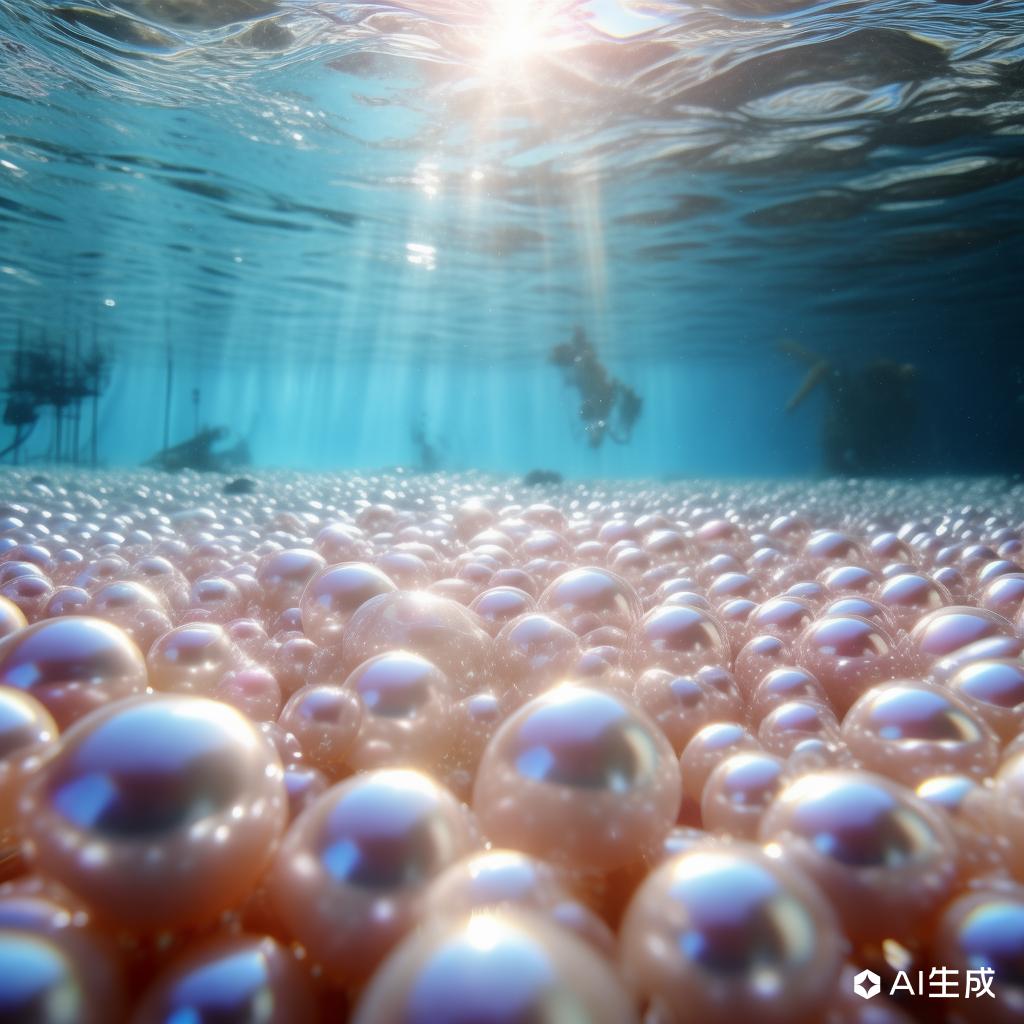Unveiling the Mystique: The Origins and Exceptional Qualities of Pearls
Share

Pearls have captivated human imagination for millennia, cherished for their lustrous beauty and rarity. Understanding the origins and qualities of pearls not only enhances their allure but also provides insight into their enduring value.
**Origins of Pearls:**
Pearls are organic gemstones formed within certain mollusks, primarily oysters and mussels. The process begins when an irritant, such as a grain of sand or a parasite, enters the mollusk's shell. In response, the mollusk secretes nacre, a substance composed of calcium carbonate and conchiolin, to coat the irritant. Over time, layer upon layer of nacre builds up, forming a pearl. This natural process can take several years, making natural pearls exceptionally rare and valuable.
**Types of Pearls:**
1. **Natural Pearls:** These are formed without human intervention and are the rarest and most valuable.
2. **Cultured Pearls:** Created with human assistance by inserting a nucleus into the mollusk, which then coats it with nacre. Cultured pearls are more common and affordable.
3. **Saltwater Pearls:** Found in oceans and typically have a higher luster and quality.
4. **Freshwater Pearls:** Grown in lakes and rivers, often more irregular in shape but diverse in color.
**Qualities of Pearls:**
1. **Luster:** The most defining characteristic of a pearl, luster refers to the shine and reflection on the pearl's surface. Higher luster indicates a higher quality pearl.
2. **Surface Quality:** The fewer the blemishes on a pearl's surface, the more valuable it is.
3. **Shape:** Pearls come in various shapes, including round, oval, teardrop, and baroque. Round pearls are the most sought after.
4. **Size:** Larger pearls are generally more valuable, as they take longer to form.
5. **Color:** Pearls can range in color from white and cream to black, pink, and blue, with some colors being rarer and more valuable.
**Cultural Significance:**
Throughout history, pearls have been symbols of wealth, purity, and elegance. In ancient Rome, they were considered the ultimate status symbol. In many cultures, pearls are associated with the moon and have been used in jewelry and adornments for centuries.
**Sustainability and Ethical Considerations:**
The pearl industry has made significant strides in sustainable and ethical practices. Cultured pearls, in particular, have reduced the pressure on wild mollusk populations. Responsible pearl farming ensures the health of the marine environment and the livelihoods of local communities.